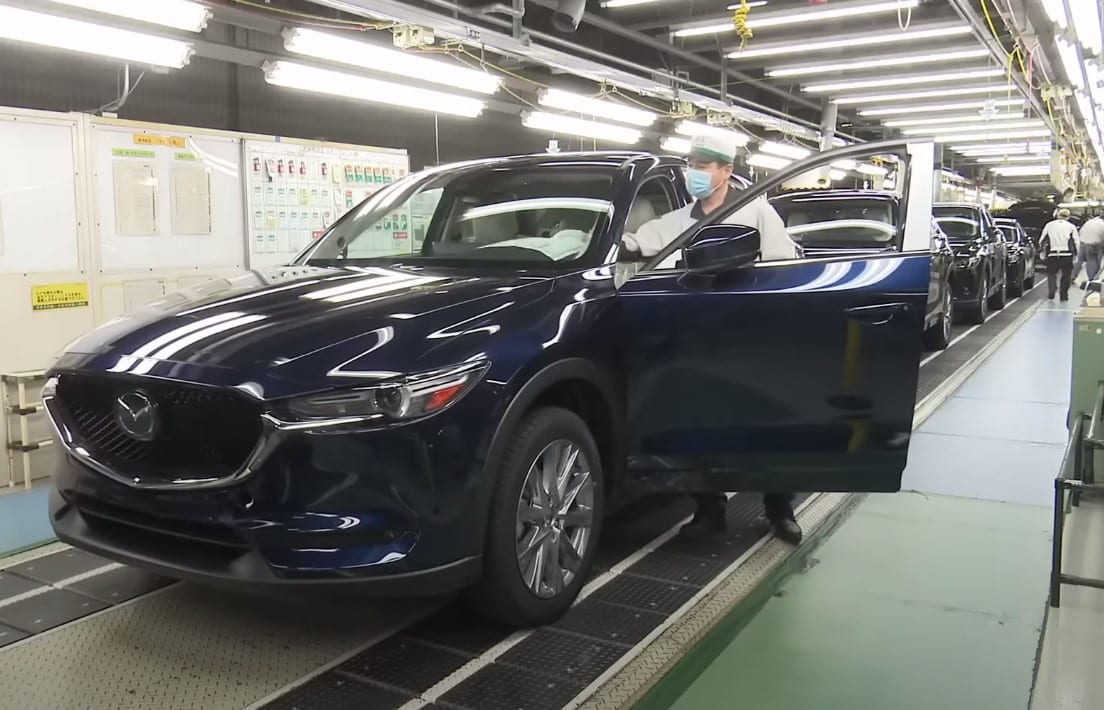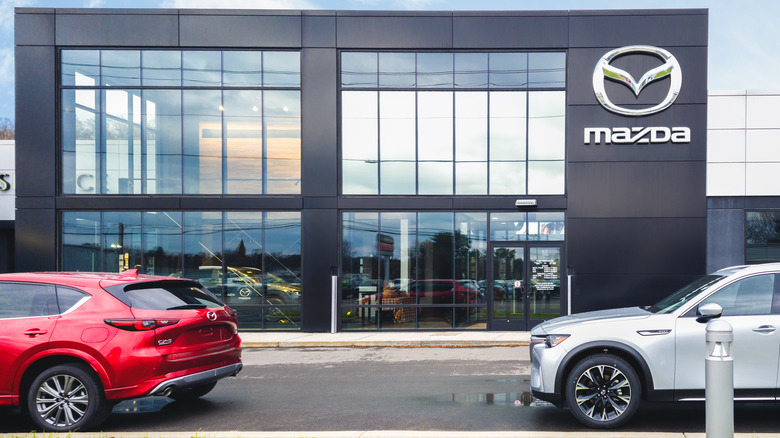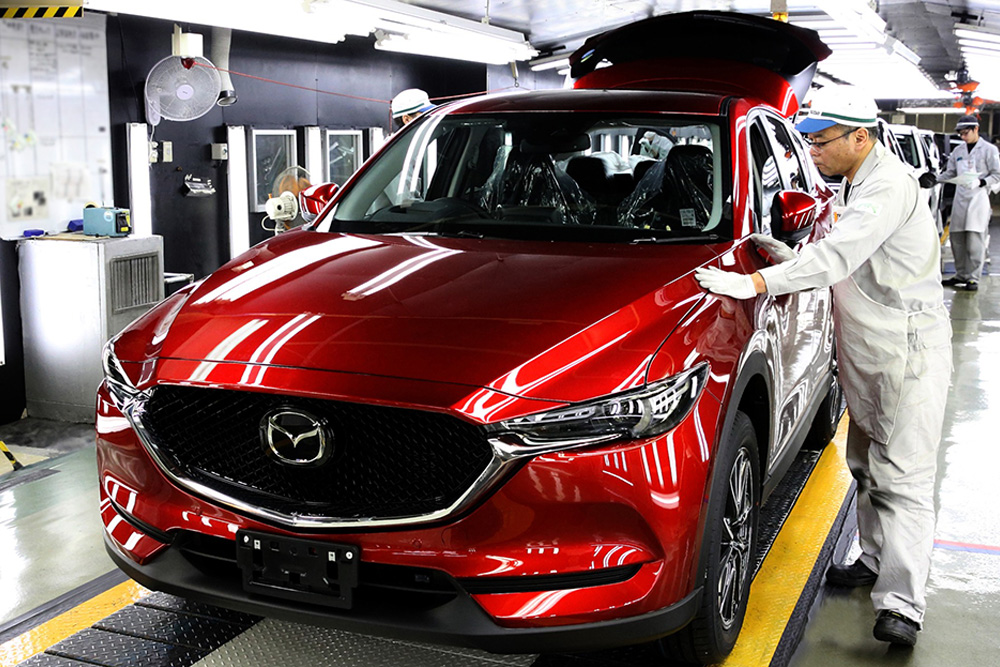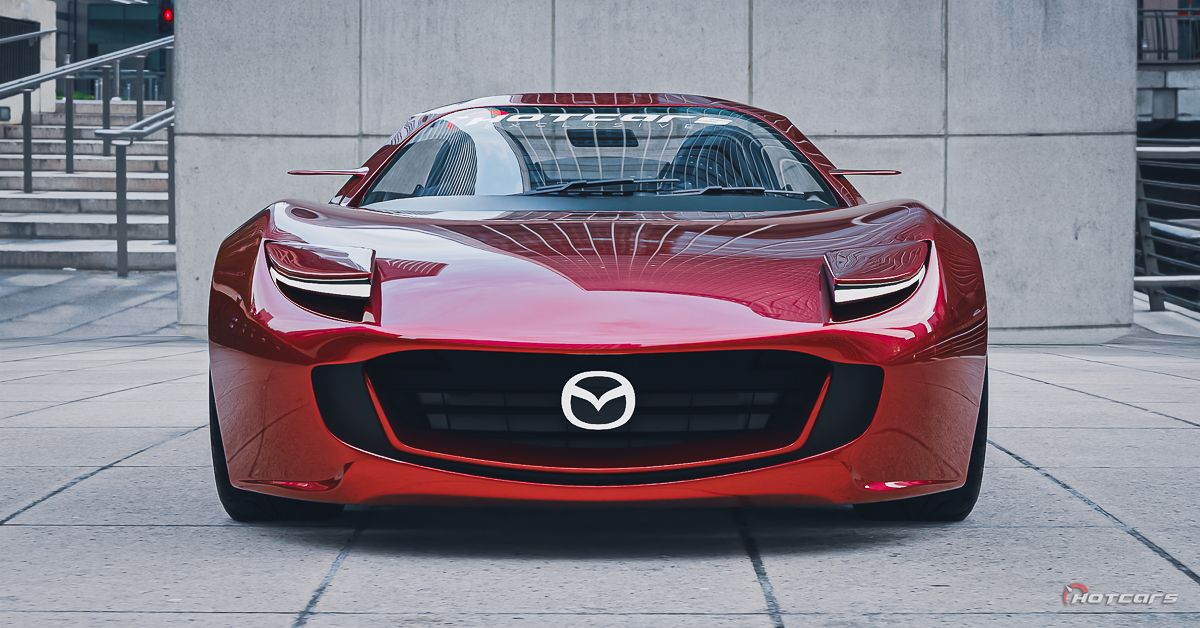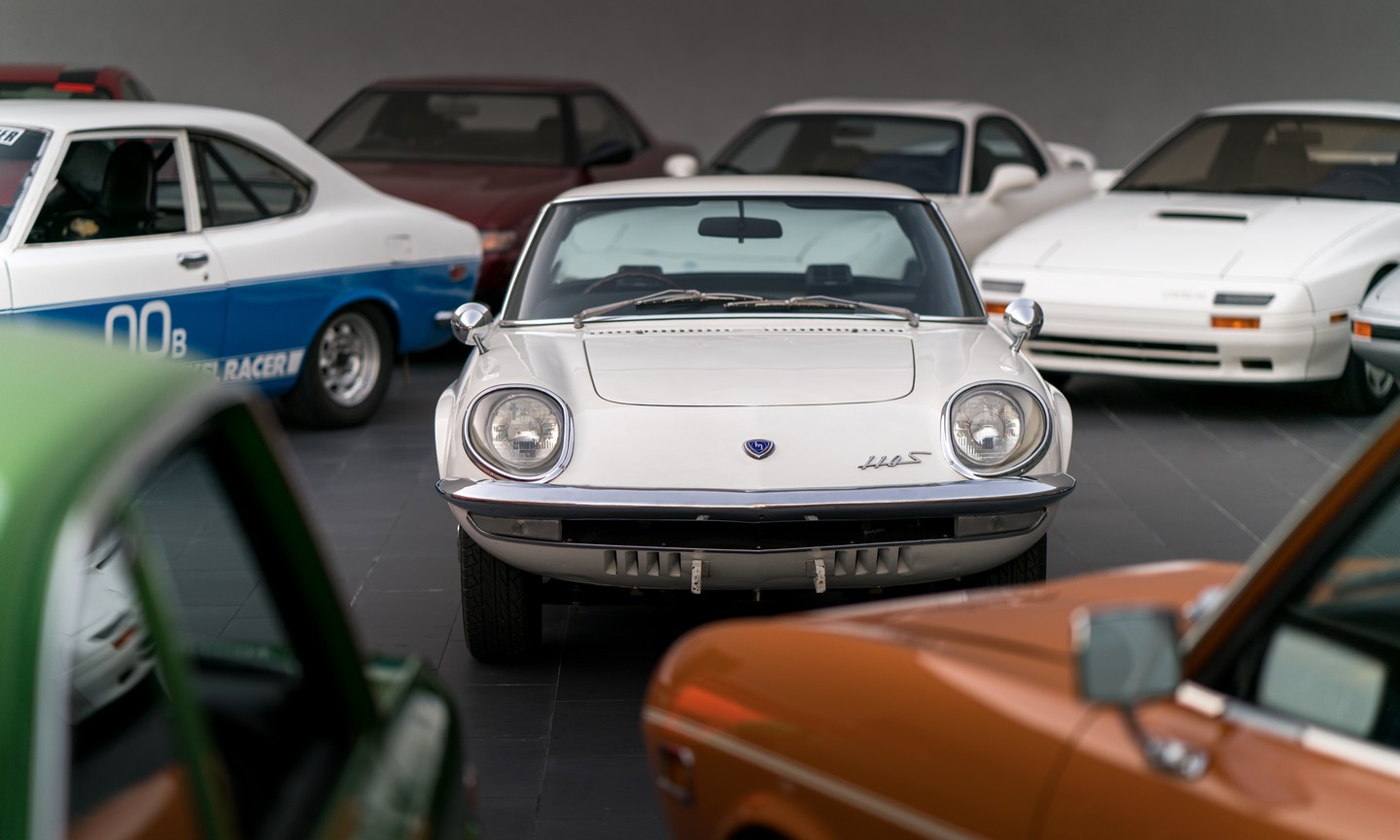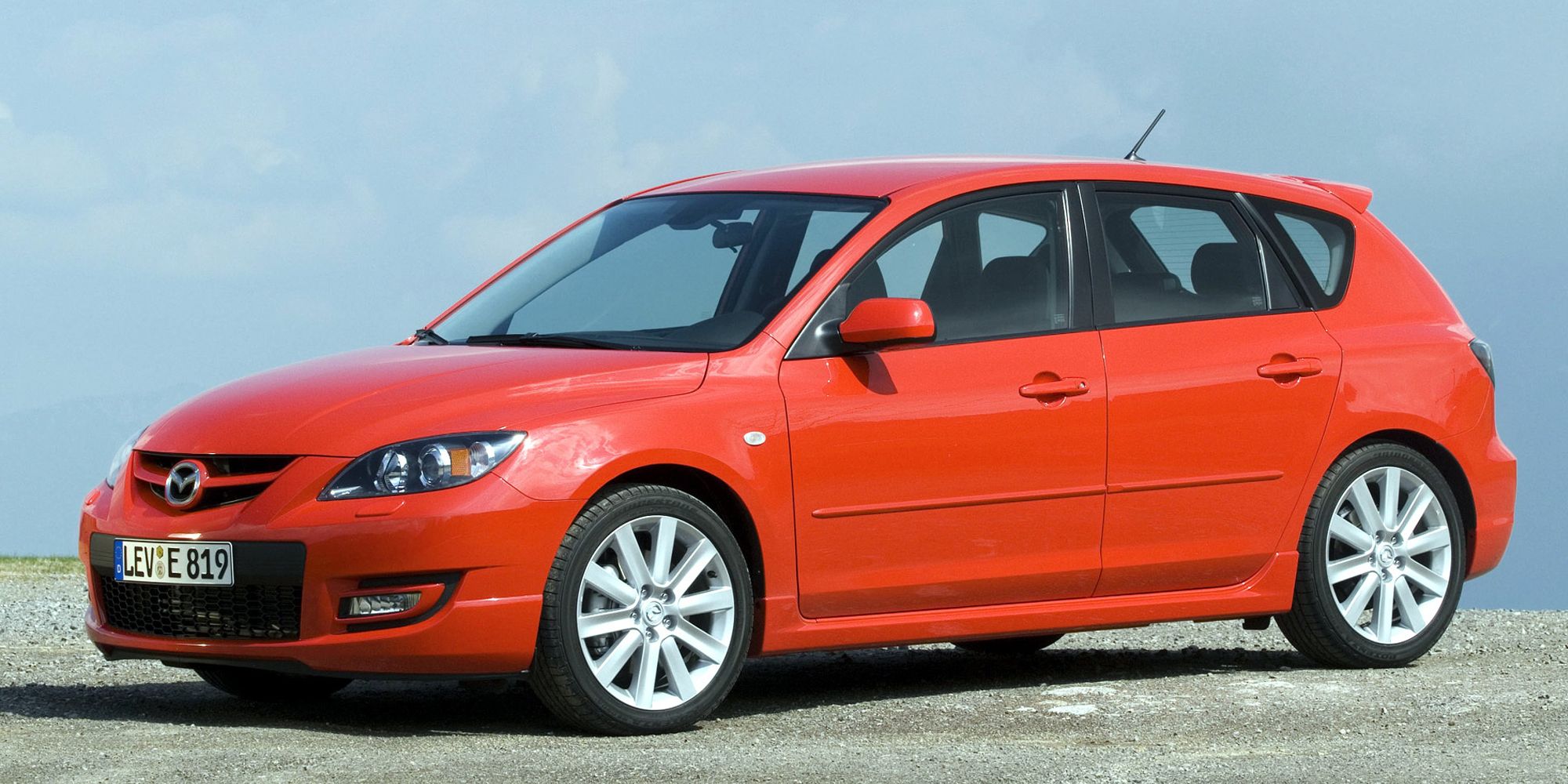Where Is The Mazda Car Made

Mazda's global manufacturing footprint spans several countries, but its heart remains firmly in Japan. The company's production strategy involves a mix of domestic and international facilities to meet global demand.
This article provides a concise overview of where Mazda cars are manufactured, detailing key locations and their significance in the company's global operations.
Japan: The Core of Mazda Production
Hiroshima, Japan, is home to Mazda's primary manufacturing base. This includes the Hofu Plant, which also plays a critical role in the company's output.
The Hiroshima plant complex handles a large portion of Mazda's global production. It includes vehicle assembly, engine production, and transmission manufacturing.
Hofu Plant: A Vital Hub
The Hofu Plant, located near Hiroshima, is another significant manufacturing center. This plant focuses on vehicle assembly and component production.
Hofu is known for its advanced manufacturing technologies and efficient production processes. It produces a range of Mazda models for both domestic and international markets.
International Manufacturing Locations
Mazda also operates manufacturing facilities outside of Japan. These international plants are strategically located to serve regional markets and reduce shipping costs.
Key international locations include Mexico, China, and Thailand. These plants contribute significantly to Mazda's global production volume.
Mexico: Mazda de Mexico Vehicle Operation (MMVO)
Mazda de Mexico Vehicle Operation (MMVO) in Salamanca, Guanajuato, is a crucial manufacturing hub for the North American market. This plant produces models like the Mazda3 and Mazda CX-30.
MMVO allows Mazda to efficiently supply vehicles to the United States, Canada, and other countries in the region. The plant incorporates advanced manufacturing technologies to ensure high quality standards.
China: Changan Mazda Automobile Co., Ltd.
Changan Mazda Automobile Co., Ltd. is a joint venture in China. It produces a range of Mazda vehicles for the Chinese market.
This joint venture is critical for Mazda's presence in the world's largest auto market. It allows Mazda to cater specifically to Chinese consumer preferences and demands.
Thailand: AutoAlliance (Thailand) Co., Ltd. (AAT)
AutoAlliance (Thailand) Co., Ltd. (AAT) is another important manufacturing facility for Mazda. It produces models primarily for the Southeast Asian market and for export.
AAT is a joint venture with Ford Motor Company. The plant focuses on producing pickup trucks and passenger cars.
Production Strategy and Future Developments
Mazda's production strategy emphasizes a balance between domestic and international manufacturing. The company continuously evaluates its global footprint to optimize production efficiency and responsiveness to market demands.
Future developments may include expanding existing facilities or establishing new plants in strategic locations. Mazda's commitment to quality and innovation remains central to its manufacturing operations.
Ongoing developments include investments in new technologies and production processes. Mazda aims to enhance its manufacturing capabilities and meet evolving consumer needs.
Key Takeaway: Mazda vehicles are primarily manufactured in Japan, with significant contributions from plants in Mexico, China, and Thailand. Each location plays a crucial role in the company's global production network.
Next Steps: Monitor Mazda's official announcements for any future expansions or changes to its global manufacturing strategy. Stay informed about the latest developments in the automotive industry and their potential impact on Mazda's production locations.
